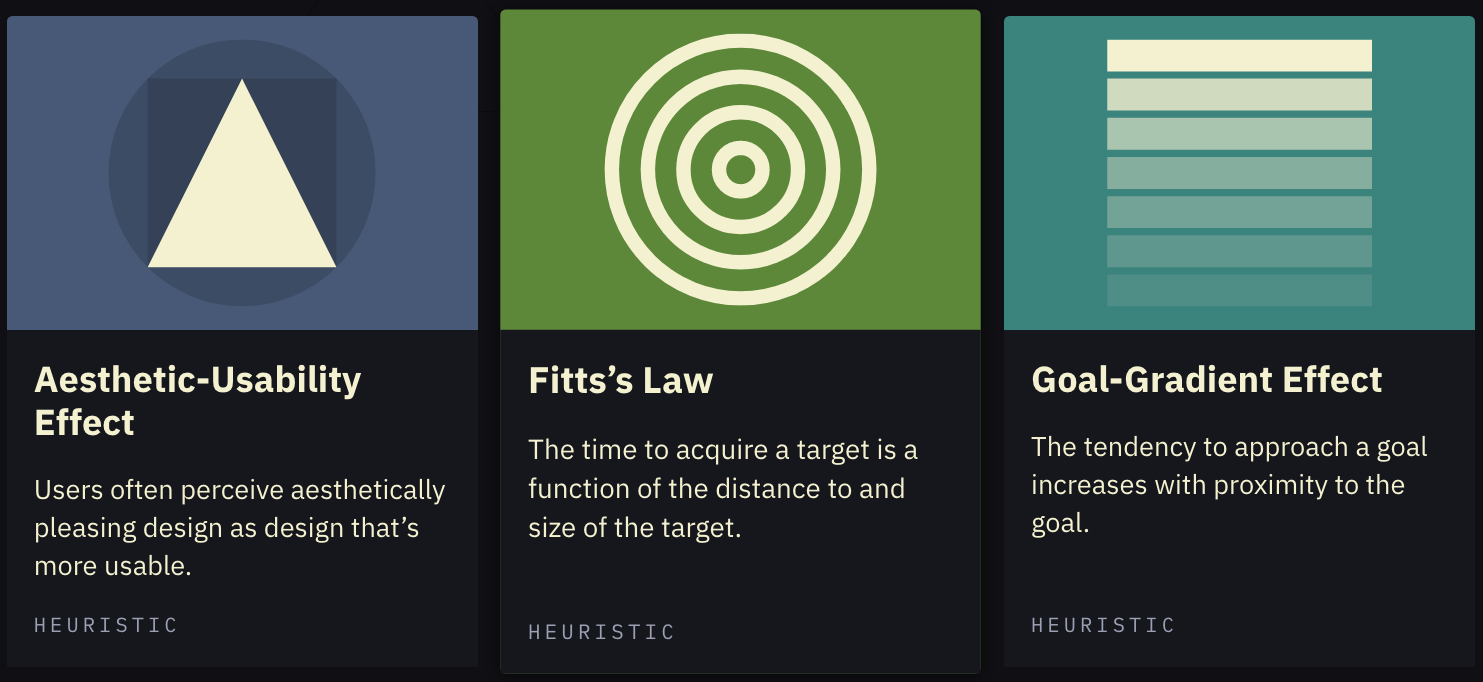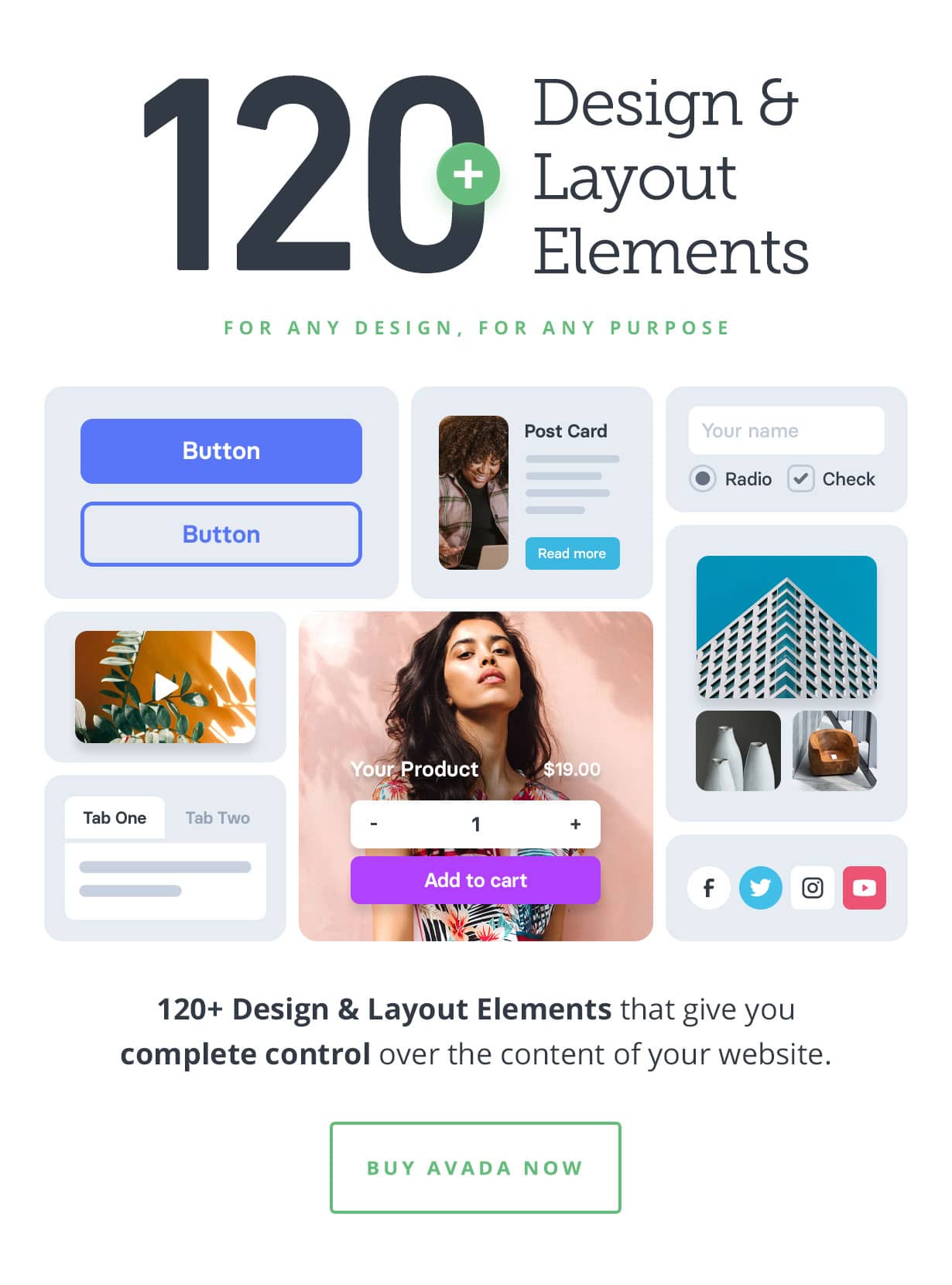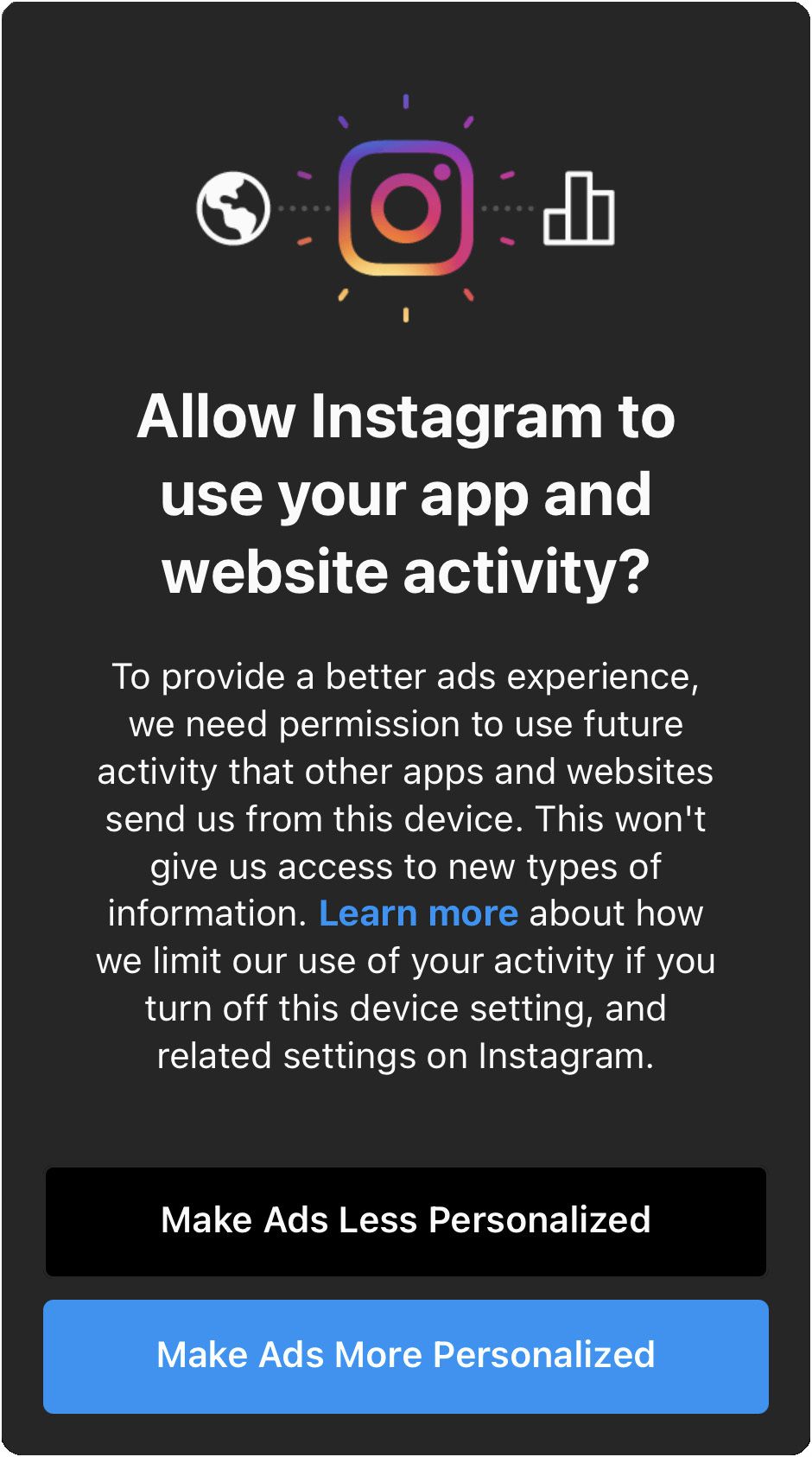
When you are developing a website, there are several steps that should be taken to ensure success. You will get the best results if you follow a stepwise process. Start with the grand picture, and then work your way down to the details.
First, you must determine the goal of your design project. This will enable you to determine who your target audience is and how you will deliver a user-friendly interface. Your website's ability to sell more products and services can be increased by knowing your target audience.
Once you know what the goals of your website are, you can start planning its design. It might be worth considering designing for all kinds of web browsers. Attracting visitors to your site will be easy if it looks good. It is important to test the site on various devices. If the site is not optimized for different browsers, it can pose a security threat to visitors.

Next, you will need images and design assets. You can use them to create a logo or a color scheme. You can also make your website more manageable. You can make managing your site easier by using a CMS (content management system) to create an intuitive interface.
One of the most important aspects of any website is its content. Web users want to find the right information, and it should be easy for them to understand. Rich, high-quality content is essential for your website.
Communication is an important part of the whole process. This can include regular meetings between team member, as well the use Microsoft Teams communication software. You'll be able produce a high-quality product if you make sure everyone is on a similar page.
When designing a website, think about how you will incorporate different elements into your design. For example, if you are creating a site that is geared toward commerce, you should implement an e-commerce shopping cart.

You will need to decide on the font styles, font sizes, colors, and other details when designing a website. As you gather information, you can create a list of all the content you need for your project. You should then create sketches of your ideas, and give feedback to your clients. Revisions to your sketches are essential until they are complete.
Last but not least, make sure to review the coding. You should immediately fix any errors found. You should fix any errors that you find in your code immediately. These mistakes can make your site less user-friendly. It is important to test your website in as many browsers possible.
FAQ
What is a UI developer?
A user interface (UI) designer creates interfaces for software products. They are responsible for the design of the layout and visual elements in an application. The UI designer may also include graphic designers.
The UI Designer should be able to identify problems and solve them.
A UI designer must have a passion about technology and software design. From developing ideas to implementing them into code, a UI designer must be able to comprehend all aspects of the field.
They should be able use a variety of tools and techniques to create designs. They should be creative thinkers and be able to solve problems using innovative solutions.
They must be organized and detail-oriented. They should be able develop prototypes quickly, efficiently and accurately.
They must be comfortable working with clients of all sizes. They should be able, and willing, to adapt in different environments and situations.
They should be able speak clearly and effectively with others. They should be capable of communicating clearly and concisely.
They must be well-rounded and have strong communication skills.
They must be motivated and driven.
They should be passionate and dedicated to their craft.
Do I use WordPress?
The best way to build an effective web presence is to start small. If you have the resources and time to create a fully-fledged website, go for it. A simple blog is a good option if you don’t yet have the necessary resources. As you learn to develop and design websites, you can always add new features.
But before you build your first website, you should set up a primary domain name. This will give you something to point to when you publish content.
How much does it cost to create an ecommerce site?
It depends on which platform you choose, and whether the freelancer is employed directly or through a service provider. The average eCommerce site starts at $1,000.
Once you choose a platform to use, you can expect a payment of anywhere from $500 to $10,000.
A template is usually less than $5,000 if you plan to use it. This includes any customizations required to reflect your brand.
What is website design software?
Software for designing websites is used by photographers, illustrators and writers.
There are two types of website design software available: cloud-based and desktop apps. Desktop apps are installed locally on the computer. You will need to install additional software. Cloud-based solutions can be hosted remotely over the internet. They are ideal for mobile users as they don't require additional software.
Desktop Applications
While desktop applications offer more advanced features than those in cloud-based solutions, they aren't always necessary. Some people prefer working exclusively on a desktop app, as they find it easier. Some people like the same tool no matter whether they're working on a computer or a smartphone.
Cloud-Based Solutions
Cloud-based services are the best choice for web developers who want to save both time and money. These services enable you to edit any document from anywhere with an internet connection. This means you can use your tablet to do some work while you wait for your cup of coffee to brew.
If you decide to go with a cloud-based service, you'll still need to purchase a license for the program. You will not need additional licenses to upgrade to a higher version.
If you have Photoshop, InDesign and Illustrator, these programs can be used for creating web pages.
What is the cost of building a website?
This question will depend on your goals for your website. Google Sites is a free service that may be available if you only want to publish information about yourself and your business.
But if your goal is to attract visitors to a website, it's likely that you'll need to invest in something more robust.
A Content Management System (like WordPress), is the most popular option. These programs let you create a website with no programming skills. The sites are hosted by third-party businesses, so there is no risk of your site being hacked.
Squarespace, a web design service, is another option. There are a number of plans available, with prices ranging from $5 per Month to $100 Per Month depending on the features you wish to add to your website.
Do I Need Any Technical Skills To Design And Build My Site?
No. All you need is an understanding of HTML and CSS. You can find tutorials online for HTML and CSS.
How to design a site?
Your customers will first need to understand the purpose of your website. What are they looking at when they visit your site.
What problem might they face if your site doesn't have what they are looking for?
Now you need to figure out how you can solve these problems. Make sure everything looks good on your website. It should be easy-to-use and navigate.
You should have a well-designed website. Make sure that it doesn't take too long to load. If it takes too long, people may not be able to stay as long. They'll move elsewhere.
If you're going to build an eCommerce site, you need to think about where all your products are located. Are they all in the same place? Or are they scattered around your site?
You must decide whether to sell one product only or many products simultaneously. Do you want to sell just one type of product or multiple kinds?
After you've answered these questions, it is possible to start building your website.
Now, it's time to take care of the technical aspects. How will your website work? It will it work fast enough? Are people able to get it done quickly from their computers?
Will they be able buy anything without having pay an extra fee? Will they have to register with your company before they can buy something?
These are the essential questions you should ask yourself. These questions will help you to make the right decisions and move forward.
Statistics
- It enables you to sell your music directly on your website and keep 100% of the profits. (wix.com)
- It's estimated that in 2022, over 2.14 billion people will purchase goods and services online. (wix.com)
- The average website user will read about 20% of the text on any given page, so it's crucial to entice them with an appropriate vibe. (websitebuilderexpert.com)
- When choosing your website color scheme, a general rule is to limit yourself to three shades: one primary color (60% of the mix), one secondary color (30%), and one accent color (10%). (wix.com)
- In fact, according to Color Matters, a signature color can boost brand recognition by 80%. There's a lot of psychology behind people's perception of color, so it's important to understand how it's used with your industry. (websitebuilderexpert.com)
External Links
How To
What is website hosting?
Website hosting describes where visitors go when they visit a site. There are two types.
-
Shared hosting is the cheapest. Your website files are stored on a server that is owned by another person. Customers visit your website and send their requests over the Internet to this server. The owner of the server then hands off the request to you.
-
Dedicated hosting: This is the most costly option. Your website will reside on a single server. You and your traffic are protected by the fact that no other websites share server space.
Shared hosting is cheaper than dedicated hosting for most businesses. You can use shared hosting if the company owns the server to provide the resources required for your website.
Both options have their pros and cons. Here are the differences:
Shared Hosting Pros
-
Lower Cost
-
Easy to Setup
-
Frequent updates
-
It can be found at many web hosting providers
Hosting shared with others can cost as low as $10/month. Remember that shared hosting usually comes with bandwidth. Bandwidth refers to the amount of data you can transfer across the Internet. Even if only you upload photos to your blog or website, high-volume data transfers may incur additional charges.
You'll soon realize why your old host cost so much once you get started. The majority of shared hosts offer limited customer support. Although their techs may help you with setting up your site, it's not a common practice.
A provider with 24-hour telephone support is a good choice. They'll take care of any issues that come up while you sleep.
Cons of dedicated hosting
-
More Expensive
-
Less common
-
You will need to have special skills
With dedicated hosting you will have everything you need to manage your website. You won’t need to worry whether you have enough bandwidth or enough RAM (random address memory).
This means that you will have to pay a little more upfront. Once you get started with your online business, you will find that you don't require much technical support. You'll become an expert at managing your servers.
So Which Is Better For My Business?
This depends on the kind of website that you want. If you only want to sell products, then shared hosting might be the best choice. It's easy to set up and maintain. A server shared with several other sites means that you will receive frequent updates.
However, dedicated hosting is the way to go if you want to build a community around your brand. You can focus on building your brand without worrying about handling your traffic.
If you're looking for a web host that offers both options, we recommend Bluehost.com. Bluehost.com provides unlimited monthly data transfer, 24/7 support, free domain registration and a 30-day money back guarantee.